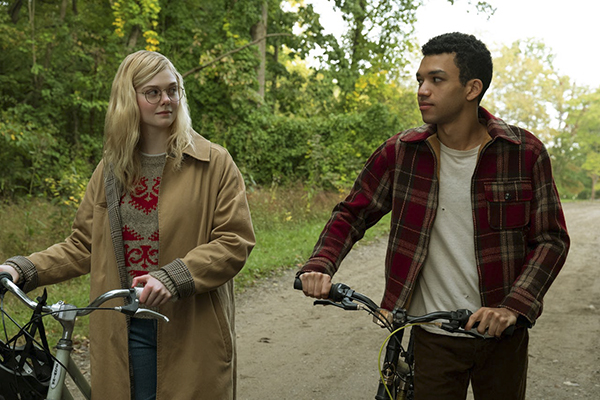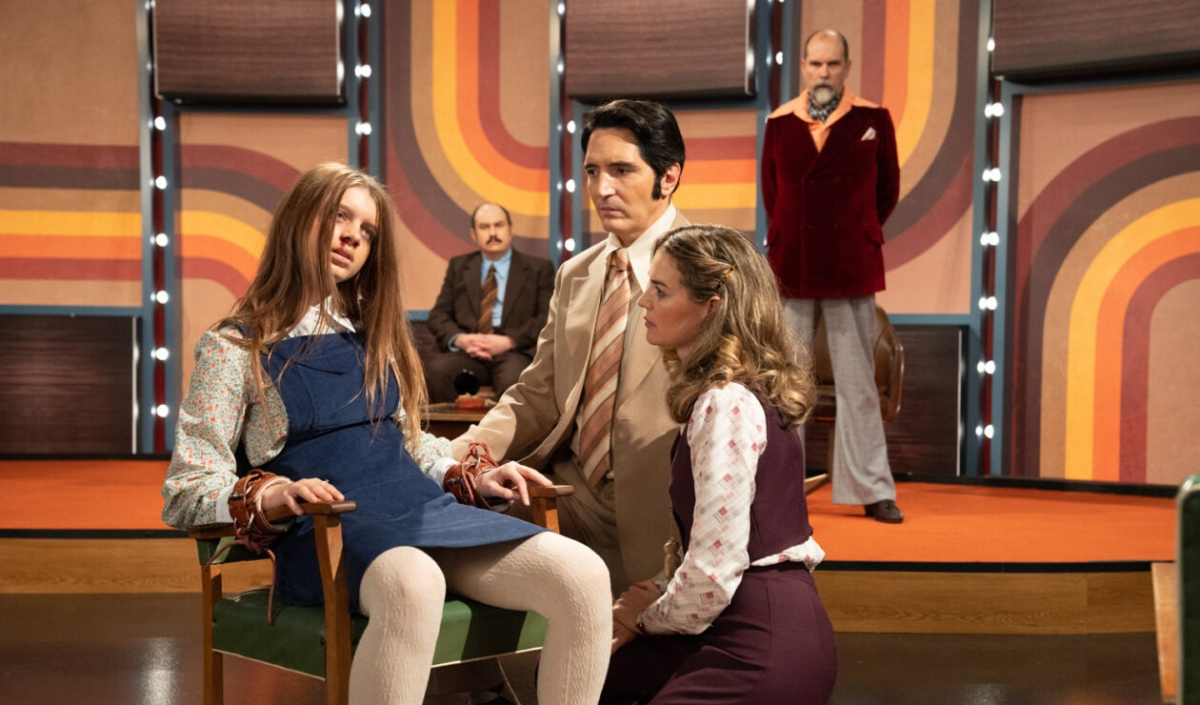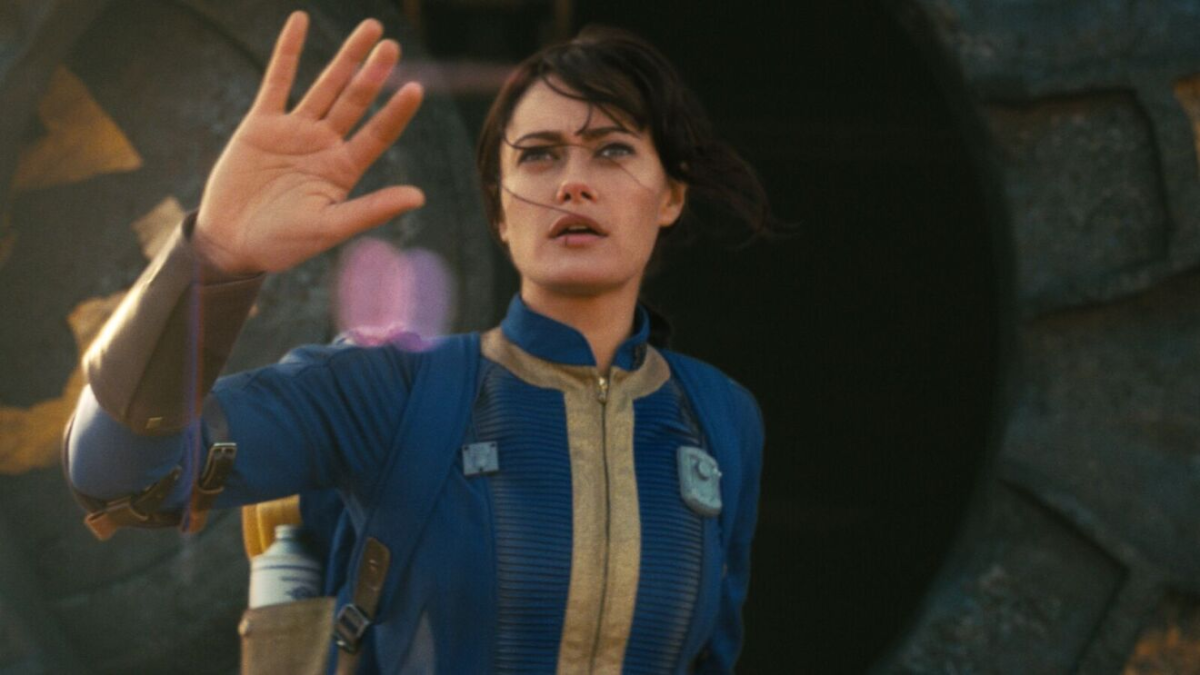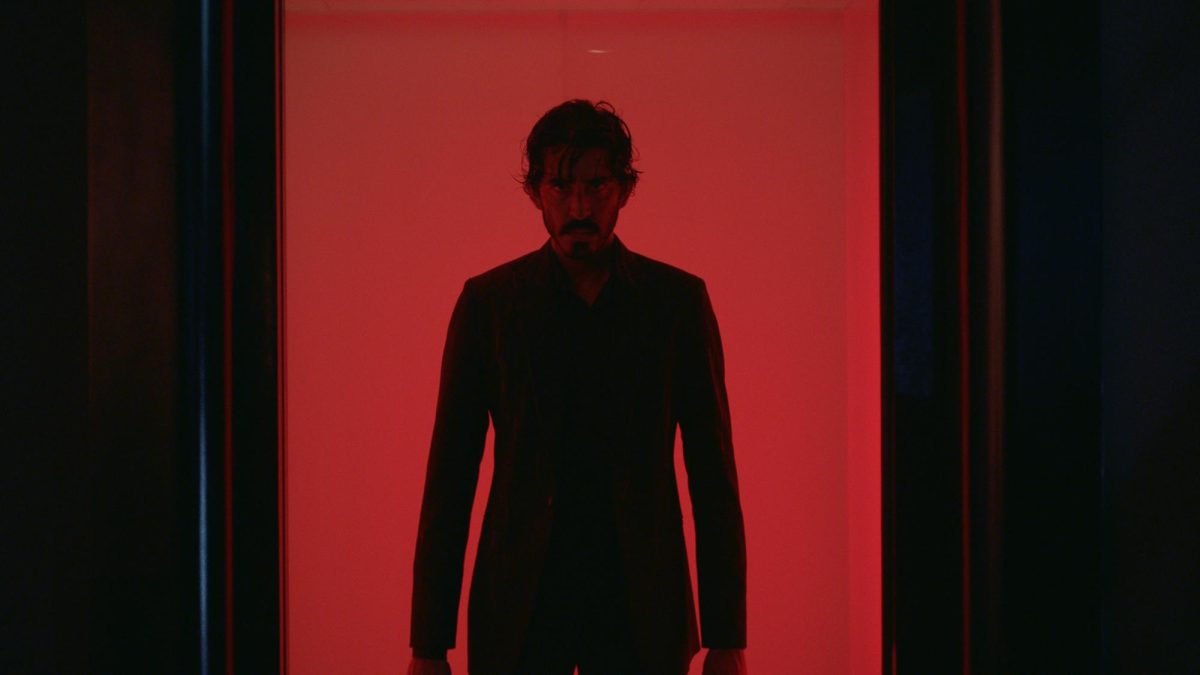As it turns out, most of the places are not very bright.
Directed by Brett Haley, “All the Bright Places” is a Netflix original film based off the Jennifer Niven novel of the same name. The movie tells the story of Violet (Elle Fanning), who is severely depressed following the sudden death of her sister. For a school project, Violet partners with Finch (Justice Smith), who becomes determined to ease Violet back into the world as they explore the wonders of Indiana. However, as the two grow close and begin dating, Violet realizes Finch may need just as much help getting through his own mental health struggles.
The cinematography is stunning as Violet and Finch explore Indiana. Warm shots of woods, water and open fields highlight the emergence of Violet from her dark state. The movie pays homage to its title by becoming brighter during moments where Finch and Violet are happy. However, when Finch begins retreating into a dark state, the colors within the movie dim and successfully contrast earlier, cheerful scenes.
A big disappointment of the movie was how shallow it remained while exploring deep topics. Where Violet’s mental health problems were thoroughly dived into, the surface of Finch’s were only scratched. For most of the movie, Finch is portrayed as a buoyant, lively character, with many of his struggles taking place off screen. This makes for a lot of confusion when Finch is suddenly not well and viewers are left to wonder what is happening, with little to no context provided. When Finch begins disappearing for days at a time, he tells Violet he needs moments to “feel in control of himself,” but what exactly threatens his control isn’t explicitly stated once in the entire film.
Less common for the genre is that the soundtrack of the movie is absolutely beautiful. The composer, Keegan DeWitt, does an incredible job at capturing the ups and downs of Violet and Finch’s relationship through a series of string-heavy orchestral pieces. DeWitt strategically goes back and forth between upper and lower string voices, which at times brings clarity to the confusing plot. Many long scenes feel like they were taken straight out of a music video, bringing in happier moments the film might have otherwise lacked.
The movie excels with a great cast. Fanning does an excellent job at capturing the raw, heartbreaking moments in her chilling portrayal of Violet. As the story progresses, Fanning flips a switch when Violet blossoms back into an older, happier version of herself, showcasing her wide stretch of talent. Smith is the soul of the movie, bringing to life a charismatic and tragic portrayal of Finch. Doing the best he can with a script that does not give his character the depth it deserves, Smith creates a timeless character that will resonate with viewers long after the credits roll.
“All the Bright Places” needs much more than 108 minutes to successfully tell the stories it attempts to take on. Despite an intriguing first act, the movie only becomes more disappointing as it goes on, aiming to highlight the severity of several mental health illnesses but falling desperately short of giving them the attention they deserve.
2.5 Finch birds out of 5





















